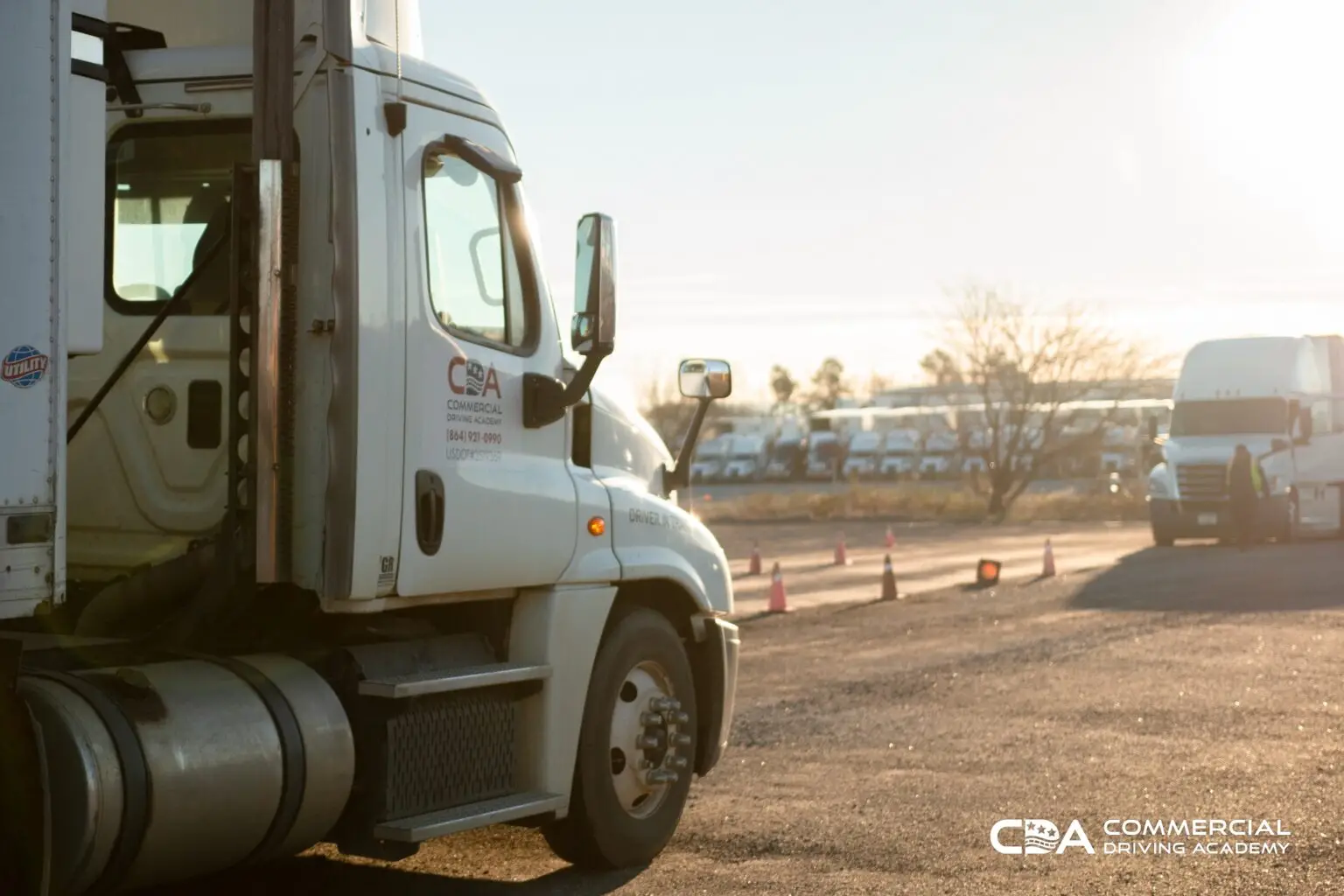
How to stay safe on the road
Truck drivers have maintained near the top of the list of necessary jobs to keep our country thriving. Without them, every sector of our nation would quickly collapse. Due to rising demand, there are more truckers on the roadways every year, meaning more risk and accidents. According to the FMCSA, from 2009 to 2019, there was a 47% increase in fatal accidents involving truckers. Various factors, including weather, drive conditions, and split-second decisions, all play into keeping our drivers safe on the roadway.
There are many things drivers can do every day to combat the rising fatality rates while out on the road. Here are eight simple ways to make all the difference in a life or death scenario.
Wear your seatbelt
You would think this simple rule we teach right from the start wouldn’t still be a factor in crashes, yet it is. While the legality of not wearing a seatbelt doesn’t seem to deter every driver, it is still the most effective way to prevent injury and death when involved in a crash. The FMCSA reported in 2019 that in 13% of all fatal crashes, drivers were not wearing a seatbelt.
Maintain your truck
Focusing on the maintenance of your truck wheels and brakes is vital. According to Policy Advice, “Instead, the Large Truck Crash Causation Study conducted by the FMCSA discovered that mechanical defects (with tires, most often), new tour routes, and fatigue are the most common causes of truck crashes.” It is recorded that around 30% of all trucking accidents are due to tire or brake failure.
Plan your route/GPS
New technology developed over the last decade makes planning your route easier than ever. Factors like construction zones play into the safety of drivers on the roadways. Working with your dispatch team to prepare the safest and most efficient route will make your drive much easier. Utilizing updated GPS technology will increase driver safety by informing drivers on when to change lanes, how far away an exit is, and providing up-to-date traffic information.
Watch out for weather condition
Driving into a storm unprepared can lead to an accident by making split-second decisions. Before beginning your route, take a moment to map out the weather you will hit. Knowing the weather will help drivers understand what weather-related equipment will be necessary for the route.
Limit distractions
Over the last decade, distracted driving has become the 2nd leading cause of fatalities. Drivers are 23.2% more likely to be involved in an accident while using a cell phone—other distractions such as eating and drinking while driving make up 15% of fatal accidents. Since 2011, the FMCSA has had a strict ban on cell phone use. Under the FMCSA guidelines, drivers are permitted to use an earpiece while driving for the benefit of cellular devices but are not allowed to use, hold, or reach for their device while behind the wheel. A simple solution for utilizing a cellular device for GPS and not being distracted is to purchase a dashboard truck mount for your device. While cheap, they remain highly effective in reducing distracted driving.
Leave a cushion in front of your truck
It is vital to be aware of your surroundings at all times. Knowing how much space surrounds your vehicle can be the difference in a life or death scenario. Leaving as much of a cushion in front of your truck as possible will allow you the safe stopping distance required should you drive into a dire situation.
Stay slow
No matter how late you’re running for a drop-off, choosing to drive over safe speeds is never a good idea. According to Policy Advice, 74.9% of truck crashes involving another vehicle have been fatal. While many factors play into this statistic, speed is always one of them. Plan your route well and take your time to ensure the safety of everyone on the roadway around you.
Take breaks
The FMCSA requires a 30-minute break for every 8 hours of driving. Fatigue is one of the leading factors in truck-related accidents, and it can be easily avoided. It is imperative to follow the HOS mandates set in place by the FMCSA to maintain safety and prevent collisions.
If you want more extended information for truckers, check up the “50 Tips For Truck Drivers” to find out about safety on the road, how to take care of yourself, what to know at truck stops, and more.

